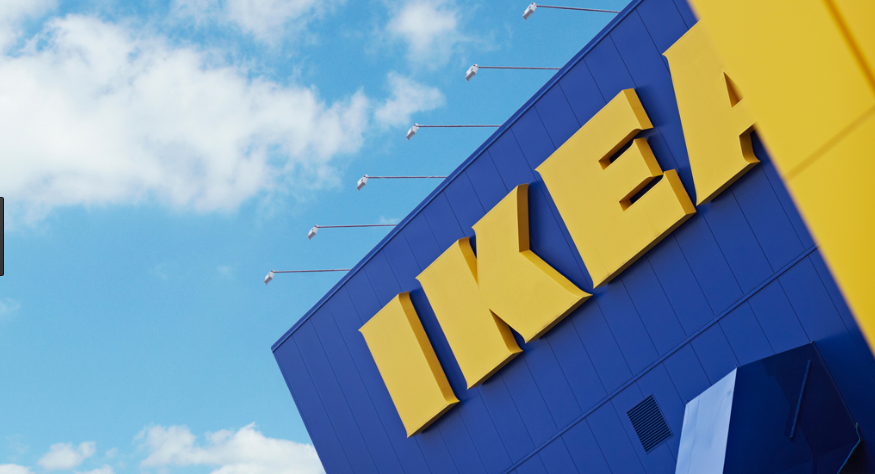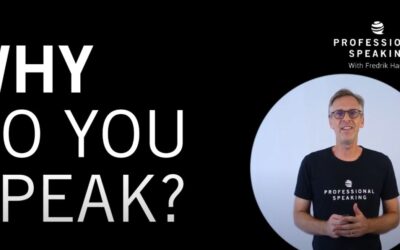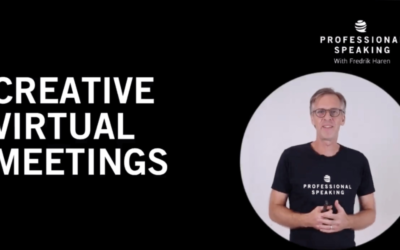
Let me give you some background to this post.
Today 30 of the leading business developers in IKEA met in Kuala Lumpur to do a 3 day workshop on what IKEA should try become in South East Asia 20 years from now.
When you consider that IKEA is the world’s leading furniture company (but has no stores in huge countries like Indonesia and the Philippines) and that South East Asia is one of the regions in the world that will most likely change the most in the next few decades you can imagine the kind of challenges, opportunities and possibilities that was being discussed at the event. (I can of course not share any of the insights, but I can tell you that it was fascinating to sit in and listen.)
I was scheduled to speak between 17.30 and 18.30 after the group had been workshopping all day since 8.30. The idea of bringing in an external speaker at the end of the workshop day is usually to either infuse some new thoughts or some new energy into a group (or both).
If there is anything I have learnt about doing speeches at the end of workshops it would be the need for the speaker to understand the “group energy” that has been generated during a day of people working together. It doesn’t matter how much you have been briefed before the event, after a full day of workshopping the energy in a group is impossible to predict, it has to be experienced.
The biggest mistake a speaker could do would be to come in at the coffee break at 17.15 and just plug in his or her computer to the projector and go on with his speech. That would be like someone coming in at the last few minutes of an Agatha Christie mystery play trying to figure our who the killer is.
I arrived in Kuala Lumpur at noon and after having lunch I quietly entered the room where the workshop was being held. After being introduced to the group (so they did not start to wonder “who is that guy?”), I sat down in a corner of the room at started to observe the group.
What is the group dynamic in the room?
Are they having fun or are they frustrated?
Who is the informal leader(s) in the room?
Who is the joker/clown (ie. who could you make jokes with?)
Where is the group right now when it comes to energy? (i.e. if your role is to infuse new energy into the group you first need to know what energy there is in the group before you begin.)
Who is the sceptic, and who is the positive one? (so that you know who not to provoke in the beginning and who to get support from.)
What is the “group energy”? (i.e. as a group how are they feeling right now?)
How tired are they? How much energy do they have left? (and what kind of energy is it?)
Things like that.
After sitting in the room for a couple of hours you know so much about the group that you can go in there and play on these group energies.
A professional Formula1 driver or a slalom skier will go through their track/slope before the race to get a “feel” for it.
A professional speaker needs to do the same with the group we are going to work with.
We have to get to know them before they get to know us.
So arrive early and get to know them.
As a bonus effect you get a chance to learn some very interesting things that your client is working on. In my case today how IKEA is going to tackle the very dynamic region of South East Asia with 600 million people.




